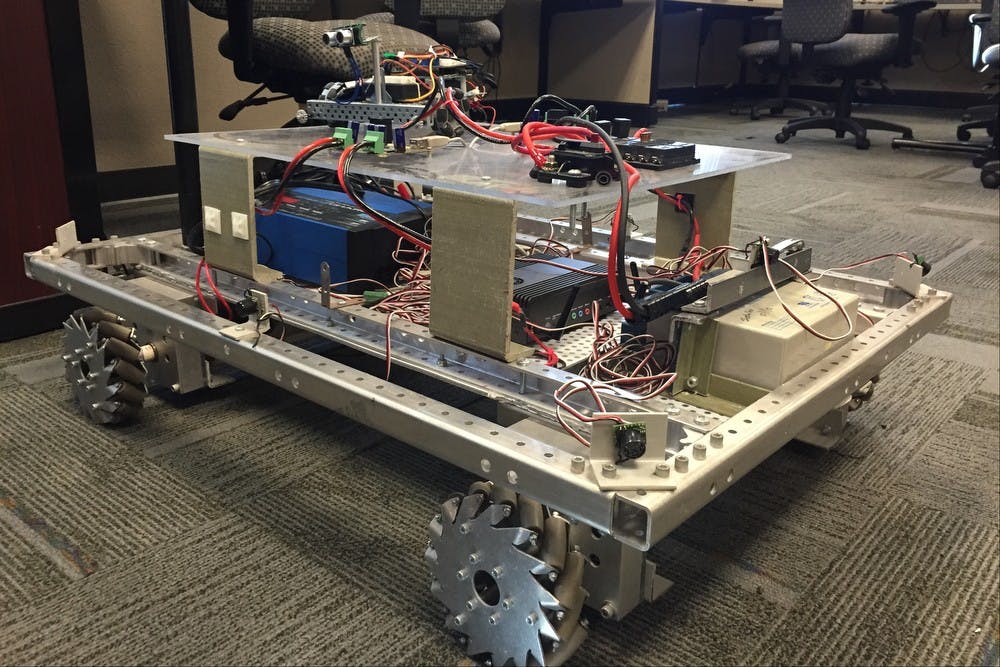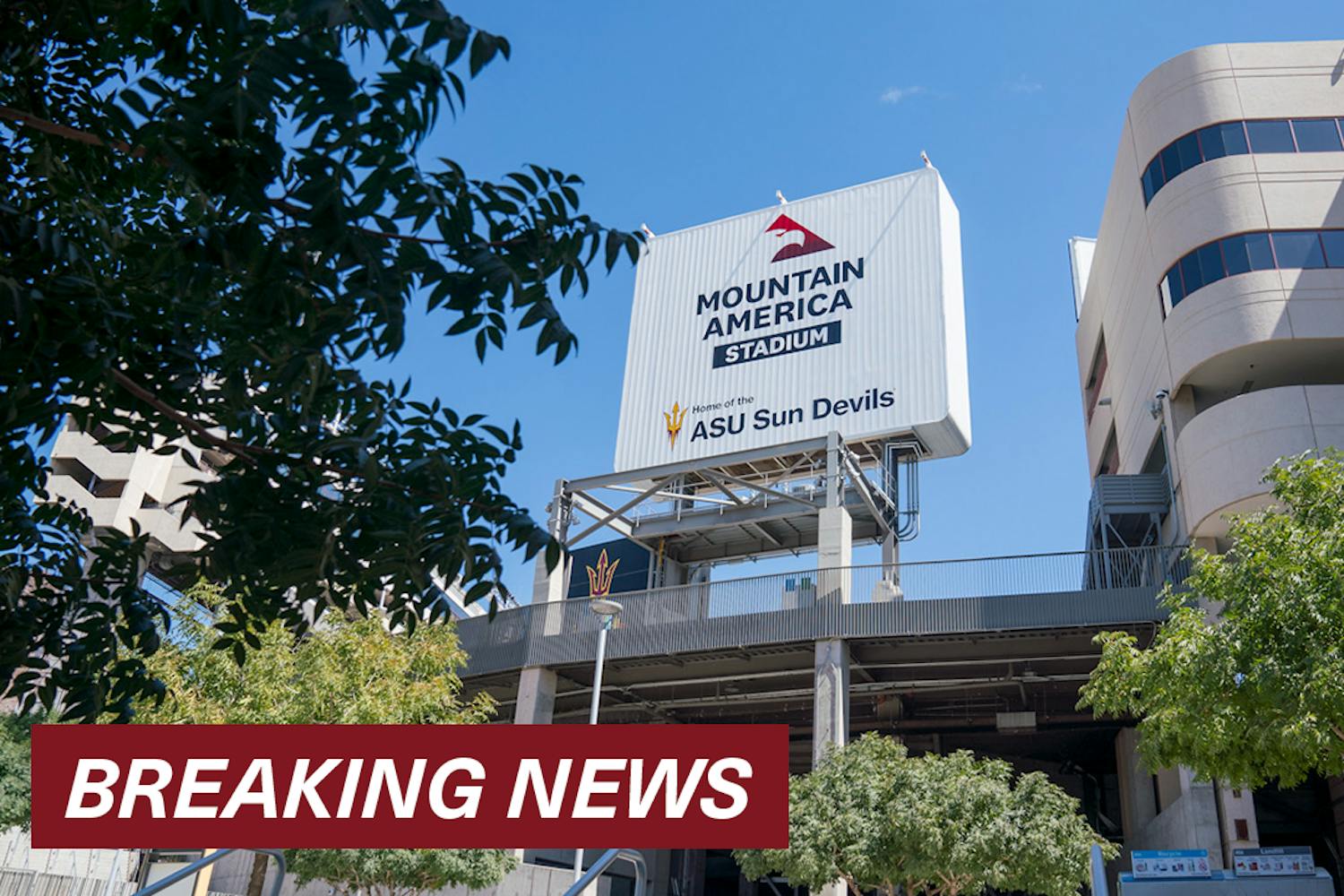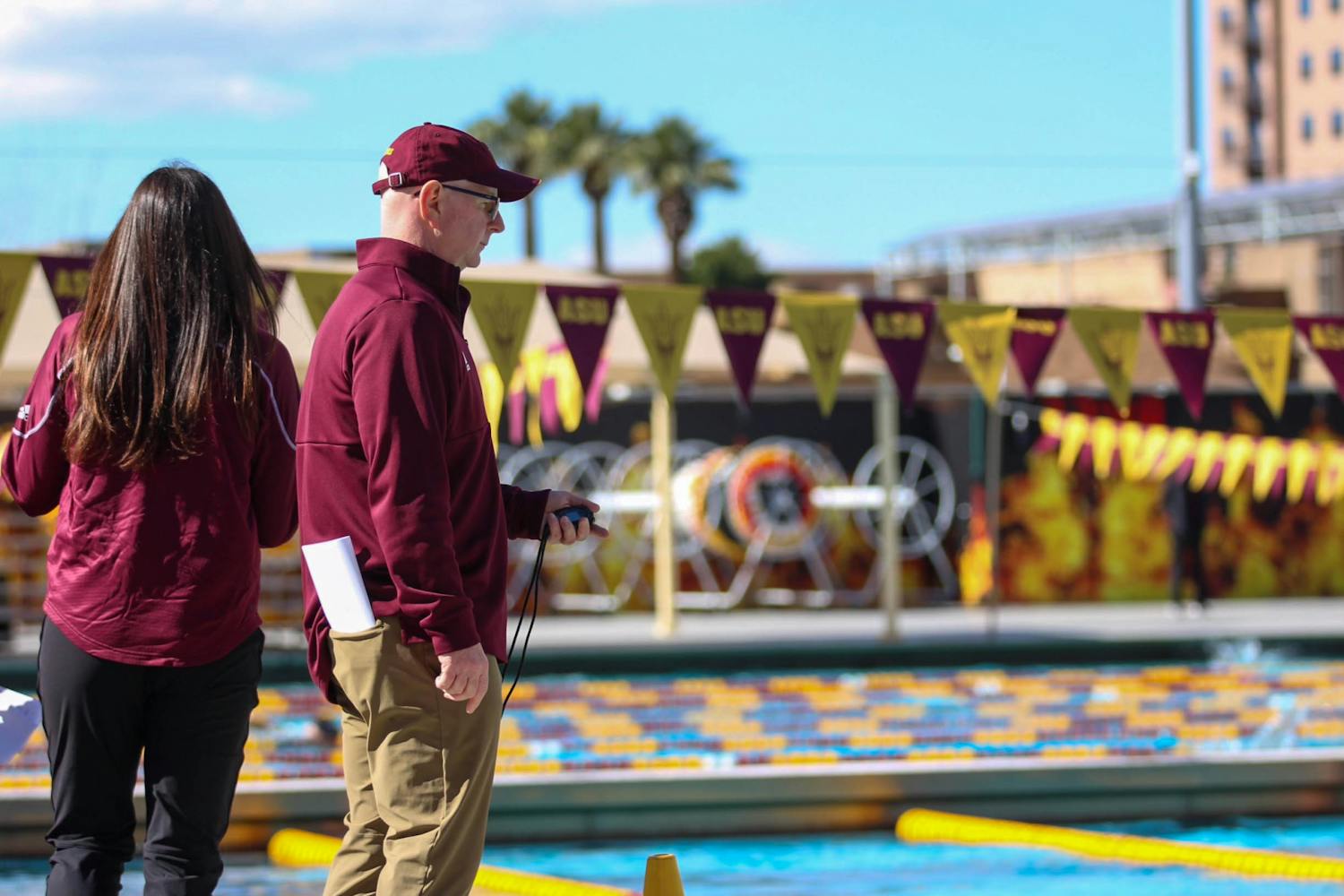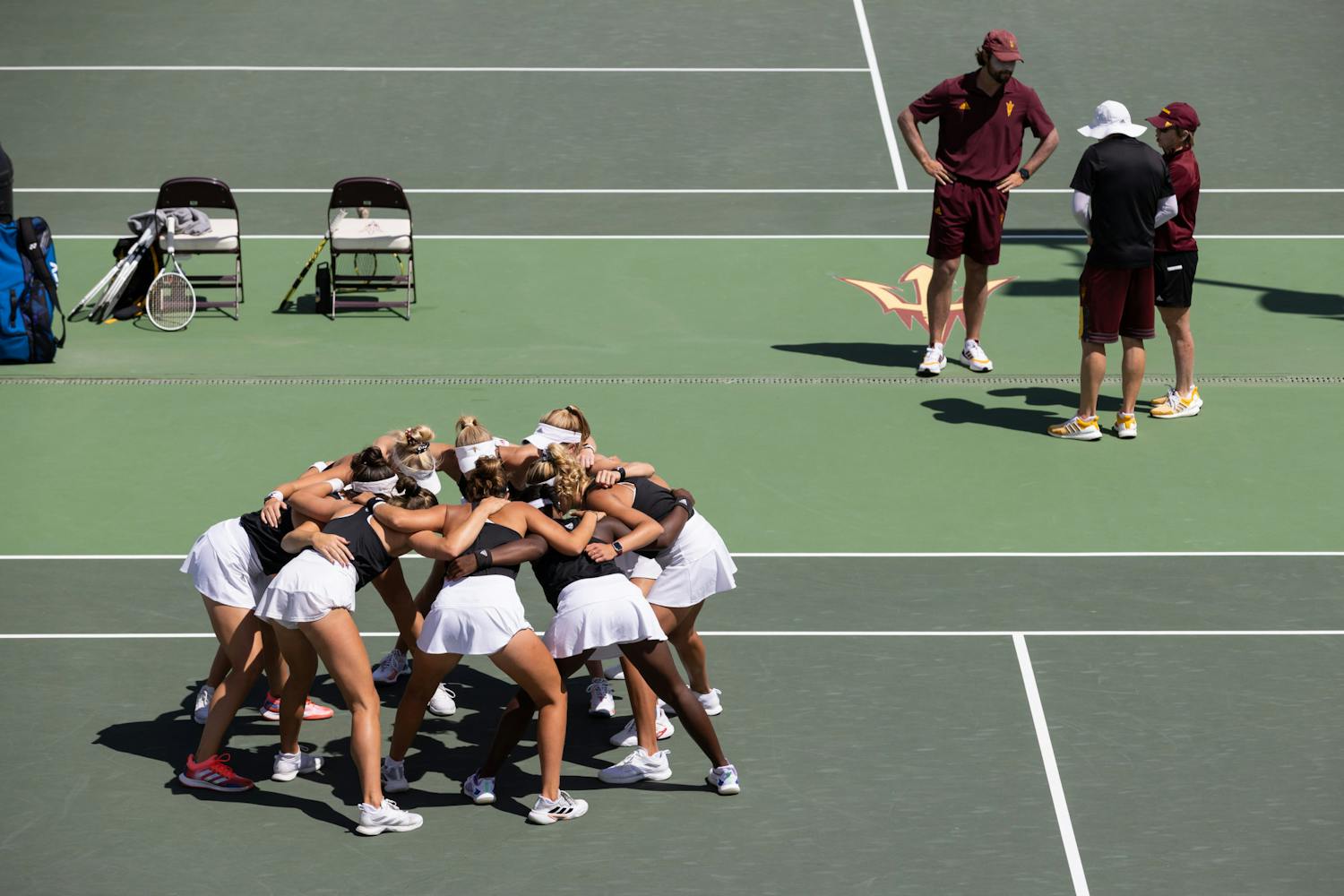ASU students in the Sun Devil Robotics Club are grinding gears and wiring innovative projects to gain hands-on experience and be better prepared for future engineering careers.
Founder and president Sami Mian, a senior computer systems engineering major, said the club’s mission is to allow students to take skills they learn in the classroom and apply them to real-world problems and projects.
“It’s bridging that gap between the classroom and real life applications,” Mian said.
SDRC works on about five robotics projects at a time, allowing club members to divide into smaller groups to focus on those projects. Mian said there are two types of projects: ones that are targeted toward specific competitions and others that are based on member interests.
“You learn a lot just by being in the atmosphere and working with these people,” Mian said. “This is really a place where if you have a project you want to get done you can come in and if we have the resources we will help you.”
One example involved building a robot that could make its way through an underwater obstacle course.
“We try to get as many different types of projects as possible in order to give our members a selection,” he said.
SDRC members compete in about five different robotics competitions each year. They placed first out of more than 160 teams at the 2014 Intel Cup Undergraduate Electronic Design Contest in Shanghai. SDRC also placed second in the 2015 Intel-Cornell Cup, a U.S. based competition.
Mian said SDRC focuses on professional development and teamwork, putting an emphasis on preparing students for internships. Some of the useful skills they learn include knowing how to approach a problem from many different facets and being able to articulate ideas and processes to other people.
SDRC members occasionally bring in speakers to talk about robotics that range from professors working on research in the field to industry professionals from companies like Google, Intel and Microsoft.
“There’s a lot of opportunity here and a lot of potential,” Mian said. “Really it’s what you make of it and how much you want to put in.”
Treasurer and electrical engineering sophomore Michael Saxon said he is putting together a workshop series called the "intramural robotics league." Anyone is welcome to join and club members will build small sumo robots to learn basic concepts to become members of SDRC’s more advanced competitive teams.
Mechanical engineering junior and SDRC Vice President David Ingraham said he joined the club his freshman year because he wanted to continue working on competitive robotics like he did in high school.
“I enjoy getting a chance to learn about cutting edge robotics technologies and applying the skills I learn in my classes,” he said. “I also enjoy being able to be a part of a highly capable robotics team and being able to compete against universities from around the world.”
Senior lecturer and club adviser Yinong Chen said club members also work with other faculty members to complete their projects. He said SDRC gives students more hands-on opportunities than they get in larger lecture settings.
“Students are learning a lot outside of the classroom content because we don’t teach them how to do so much hands-on stuff (in class),” Chen said. “We don’t have time to do this in the classroom. … Students get invaluable experience (through SDRC).”
Chen said ASU is in the process of possibly adding a robotics concentration for students which would allow them to learn the skills club members are already gaining.
He added that he enjoys working with the students and seeing how creative they can be. Chen said members usually don’t come home from competitions empty-handed because they’re so serious about their work.
“We all get excited when we pick up a trophy and come back,” Chen said. “But, the goal is to see the students so committed to their projects and they’re working in the lab all the time… (I like) to see the students get excited to get their robots moving and flying.”
Related Links:
ASU hosts state robotics championship
Reach the reporter at bridget.dowd@asu.edu or follow @bridgetbernice on Twitter.
Like The State Press on Facebook and follow @statepress on Twitter.




